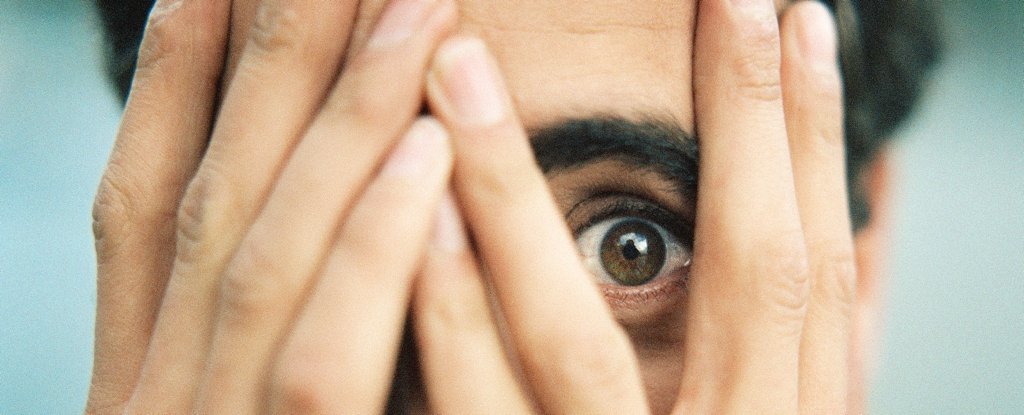Female athletes have faster reaction times and make fewer errors when they have their period – even though they feel their performance suffers compared to other phases of their menstrual cycle, new research suggests.
The study of more than 200 athletes, led by researchers at University College London, sought to understand why injury rates are much higher in female athletes than their male counterparts.
As the popularity of women’s sports has skyrocketed, so too have their injuries, leading to much debate over the potential reasons.
Hormones are an obvious difference between people who have a menstrual cycle and those who don’t or who are using hormonal contraception. What effect those hormones have as they rise and fall across the menstrual cycle isn’t clear, although research points to changes in brain function that could reasonably affect an athlete’s performance – or perhaps make them more prone to injury.
While neuroscientists have been curious about these monthly brain changes, sports scientists have hardly probed how the brain function of professional sportspeople is boosted or impeded by the changing hormones and how this fluctuation impacts injury risk.
“Changes in spatial cognition could, in theory, be a contributing risk factor for injury, especially in fast-paced sports that require precise, millisecond accuracy in interactions with moving objects,” Flaminia Ronca, a sports scientist at University College London, and colleagues explain in their published paper.
Female athletes, for example, often report feeling clumsy around ovulation or that their performance worsens in the latter part of their menstrual cycle, the luteal phase, and when they have their period.
But studies trying to measure those perceived effects have been inconclusive, with strength and power possibly peaking around ovulation, and endurance perhaps declining during menstruation.
Sports scientists have also largely focused on the biomechanics of the female body that could explain higher injury rates among female athletes, particularly torn anterior cruciate ligaments (ACL). Differences in technique, training and again hormones could be a factor here.
It makes sense that hormonal changes could loosen joint ligaments and tendons, leading to more injuries at certain times of the month. However, loose joints don’t explain other types of injuries beyond ACL tears, such as concussions and muscle strains, that also occur more often during certain menstrual phases.
So Ronca and colleagues recruited 241 participants for their study, including 96 male athletes, 105 female athletes who menstruated, and 47 who reported using contraception.
The athletes were put through their paces in a battery of online cognitive tests, completed two weeks apart and designed to mimic what sportspeople’s brains have to do during games: think fast, react quickly, process spatial information and stay laser-focused.
The study couldn’t explore individual differences in cognitive performance across menstrual cycle phases, and it relied on menstruating females reporting their current phase on test day (two-thirds used a period tracking app).
On the whole, female athletes who menstruated tended to perform worse on cognitive tasks in the late follicular phase of their cycle, as they approached ovulation, and in the later luteal phase, just before bleeding.
But their cognitive performance peaked during menstruation, and that was despite these female athletes feeling worse when they had their period and suspecting it negatively impacted their performance.
“What is surprising is that the participants’ performance was better when they were on their period, which challenges what women, and perhaps society more generally, assume about their abilities at this particular time of the month,” Ronca told The Guardian’s Tobi Thomas.
With no differences in reaction times and accuracy between male and female athletes, the next step for the researchers is to explore how different types or doses of hormonal contraceptives might also affect athletes’ brain function – or even protect against injuries, as some previous research suggests.
The study has been Neuropsychologia.





